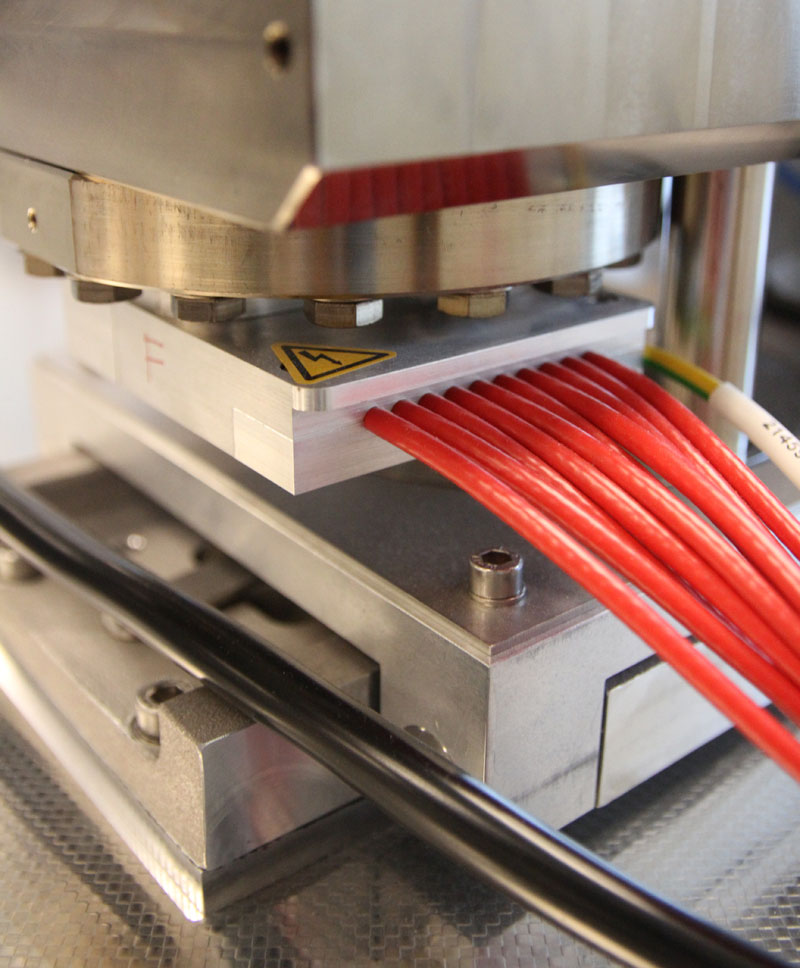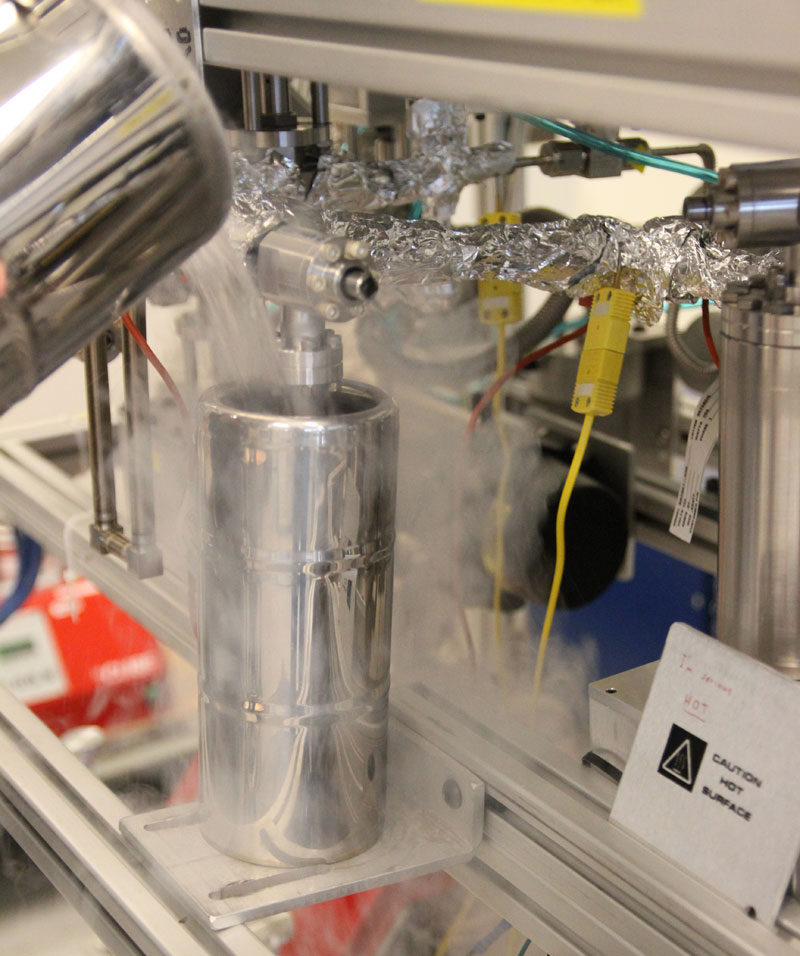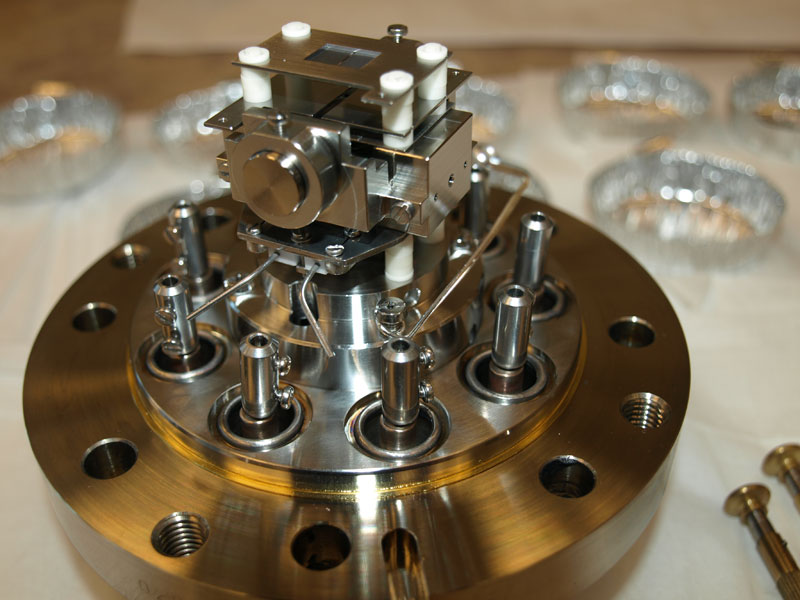Services
Services available from the Noble Gas Laboratory at the André E. Lalonde AMS Laboratory.
Noble Gas Laboratory services
Mass Spectrometers
We are currently operating two Thermo Fisher Scientific noble gas mass spectrometers, for the precise measurements of isotopic ratios and abundances of Helium, Neon, Argon, Krypton, and Xenon. Our vacuum prep system can quantify, purify, and separate the necessary noble gases for analysis. The most commonly submitted sample types are diffusion samplers or water crimped in Cu tubing.
The Helix Split Flight Tube mass spectrometer is a magnetic sector mass spectrometer designed for simultaneous measurements of Helium-3 and Helium-4, while peak jumping to the other gases as needed. Its very low internal volume allows for increased sensitivities of very low abundant noble gases.
The Helix Multi Collector is a high-resolution magnetic sector mass spectrometer designed for the simultaneous measurements of up to five different noble gases. The MC is fitted with five faraday detectors and five secondary electron multipliers. This unique collector array makes the Helix MC well suited for the simultaneous measurement of Argon, Krypton, and Xenon, and their many isotopes.

Dating Groundwater with T-3He
Groundwater age can be estimated for any tritium-bearing groundwater from its decay although dispersion of the initial tritium concentration at time of recharge and subsequent mixing are complicating factors. Further, initial tritium is often poorly known in most groundwater systems due to seasonal interannual, and spatial variability. We can remove the need for initial tritium concentration if the accumulated daughter, tritiogenic 3He, is also measured in the groundwater at the time of sampling, according to the formula:
3Het = Tt(e λt - 1)
The measured 3Het expressed in TU (1 3H per 1018 1H) must be corrected for atmospheric 3He that accompanies the groundwater during discharge. The atmospheric 3He includes both a dissolved component and an excess air component that can be entrained as microbubbles during recharge. Contributions of 3He from excess air are determined by the excess Ne in the sample, for which its solubility is less sensitive to temperature than for He. Application of this method is described with practical examples in Clark (2015).

Geogenic 4He
The accumulation of geogenic 4He (from alpha decay in the U-Th decay series) is a geochronometer that can be applied over a wide range of time scales. Uncertainties arise from its high diffusivity, which can add helium from deep crustal sources into shallow confined aquifers. However, if the diffusive flux can be constrained, then in situ production from U and Th concentrations can provide estimates of groundwater age. This method is limited by the uncertainty in resolving geogenic production in excess of atmospheric 4He that is incorporated during recharge. Sufficiently high U and Th concentrations within the aquifer allow for the dating of sub modern groundwaters that are a few hundred to many thousands of years old. Geogenic 4He concentrations can also be used for uranium exploration, and for tracing the origin of crustal fluids.
